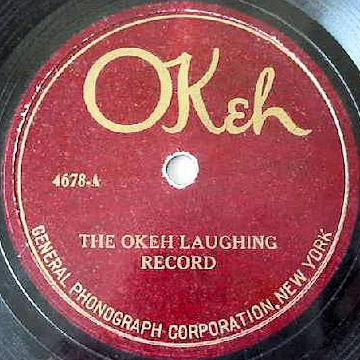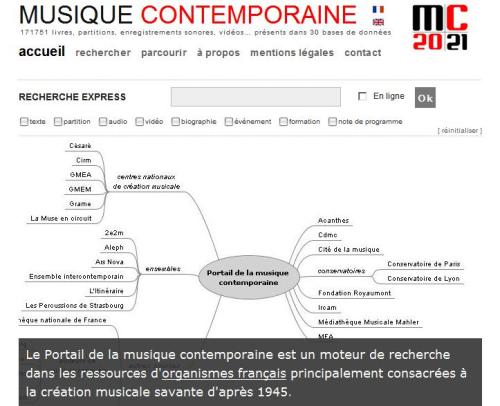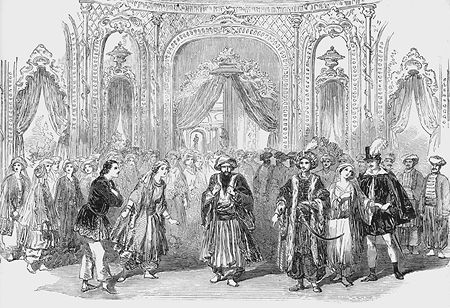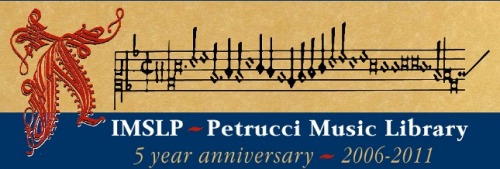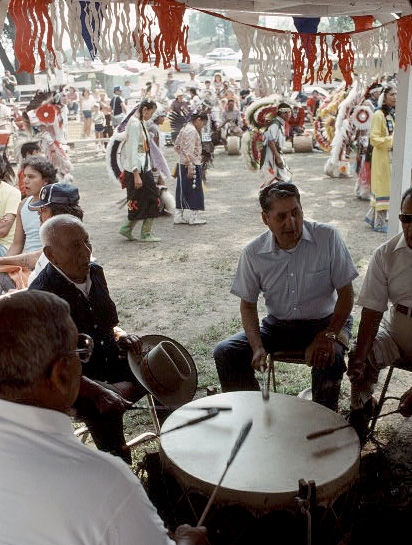An initiative of the Department of Special Collections of the Donald C. Davidson Library at the University of California at Santa Barbara, the Cylinder Preservation and Digitization Project presents digital remasters of nearly 8000 cylinders that are catalogued according to standard library rules for sound recordings. The collection may be searched by keyword, author, title, subject, year, or call number, or it can be browsed by genre, instrument, topic, or language. The recordings can all be heard and downloaded for free; the project is happy to receive donations of further recordings and financial support.
Among the collection’s rare gems are 225 recordings of pre-1902 popular music, including cylinders of Sousa’s Grand Concert Band.
Related article: John Philip Sousa, violinist


